Some of the hormonal implications influencing the production of milk when a mother does not give birth to the baby she wants to breastfeed.
Alyssa Schnell, MS, IBCLC
The second part in a mini series about what to expect when breastfeeding a baby that you did not give birth to, adapted from Breastfeeding Without Birthing, an essential guide to breastfeeding for mothers through adoption, surrogacy, and other special circumstances.
Birth control
For mothers using hormonal medications prior to inducing lactation. If a mother is fertile, she may need to reconsider her birth control method while inducing lactation.
Hormonal birth control in the form of a birth control pill, sub-dermal implant, patch, vaginal ring, or hormonal intrauterine device (IUD) inflates progesterone and, in some cases, estrogen levels. Increased levels of progesterone and estrogen suppress milk production.
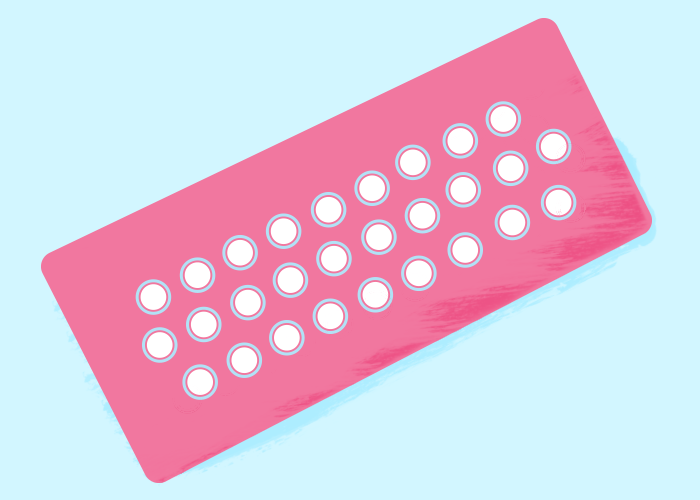
While estrogen-containing hormonal birth control is the last choice for breastfeeding mothers, some progesterone-only birth control methods are considered acceptable while breastfeeding, if the baby is older than six weeks old. However, some mothers have reported that their milk production decreased with the use of progestin-only birth control (Hale, 2012; West & Marasco, 2008). As a result, progestin-only birth control is not recommended for mothers who are inducing lactation or who wish to increase their milk production.
Some recommended birth control methods for breastfeeding mothers are:
- Natural Family Planning
- Barrier methods (condoms, diaphragms, contraceptive sponges, and cervical caps) and spermicides
- Non-hormonal IUDs
- Surgical sterilization (vasectomy and tubal ligation) (Mohrbacher, 2010).
Now here’s the confusing part: although hormonal birth control methods, including the birth control pill, are not recommended as the first choice for mothers who are lactating, a birth control pill can be used to help build breast tissue prior to initiating lactation. More information on the use of a birth control pill for this purpose is discussed in Chapter 12, Medications for Inducing Lactation.
Hormone replacement therapy
A woman who is postmenopausal can still produce milk. Reproductive organs are not necessary to make milk, so long as a mother has a functioning pituitary gland. A woman on hormone replacement therapy may decide to adjust her medications when inducing lactation. The birth control pill, if that is part of the plan to induce lactation, may alleviate menopausal symptoms and eliminate the need for hormone replacement therapy. If you have menopausal symptoms while inducing lactation, consuming soy products may help because they contain phytoestrogens. Eat only enough soy products to eliminate your symptoms—too much soy can decrease milk production (Goldfarb, 2011).

Samantha’s story: Lactation suppressed by hormonal contraceptive
When Samantha came to see me, she had already educated herself on how to induce lactation. Although she had already breastfed several biological children and had been pumping regularly for over a month, she did not observe any changes in her breasts in preparation for lactation. She was using a vaginal ring contraceptive.
How long will it take?
In most cases, it takes at least a month to prepare the breasts before they can make milk. Occasionally, it can take longer. Once the breasts begin making milk, as breast stimulation and milk removal continue, the amount of milk produced will increase from droplets to sprays. The amount of time it takes to start producing the first droplets of milk does not indicate the amount of milk you will eventually be able to produce (Starr, 2008). In one case report, an adoptive mother began to induce lactation when her baby was 10 days old. No noticeable milk was produced until the baby was 4 months old. Within a week, the mother was making enough milk to exclusively breastfeed (Cheales-Siebenaler, 1999).
Is the composition of the milk different when a mother induces lactation?
Human milk contains over 200 components especially designed to meet the needs of infants. [New components continue to be identified in human milk, and the functionality of those components are under active investigation in many laboratories worldwide. Recent research (2017) suggests human milk contains more than 700 bioactive constituents (elements that affect biological processes that have an impact on body function, condition and health).]
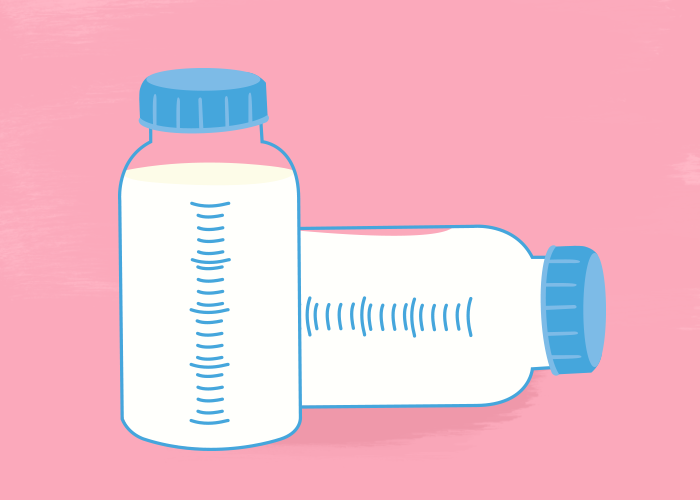
One study, including only two mothers who induced lactation, investigated the composition of their milk. The two mothers produced milk similar in composition to that of mothers who birthed their babies (Kulski, Hartmann, Saint, Giles, & Gutteridge, 1981). Although most mothers who induce lactation do not reach full milk production, their milk contains the same number of antibodies and other immune factors as that of mothers who birth and exclusively breastfeed their babies because human milk always provides full immunities, regardless of the level of milk production (Wiessinger, West & Pitman, 2010).
Initial secretions. In a study of 240 mothers who induced lactation, researchers found that the initial secretions from the breast varied among mothers from clear to colostrum-like (thick and yellow) to milky. Women who had lactated for previous babies were more likely to produce milky secretions, whereas women who had not lactated before were more likely to produce clear or colostrum-like secretions. Most mothers will initially express milk that is clear and watery, and then becomes more opaque over time (Auerbach, 1981). The composition of the first droplets of milk is not significant, however, because it is not generally enough to collect.
How will inducing lactation affect my body and emotions?
As your milk production begins and then increases, you may notice changes in your body and your emotions as you adjust hormonally and physiologically to breastfeeding. These changes are a good thing: they mean your body is shifting into milk-making mode!
Menstrual changes. As your hormones adjust for lactation, your periods may stop or become irregular. Breastfeeding, especially in the first months, usually prevents menstruation in mothers who have given birth. For mothers who are inducing lactation, anything goes. Some mothers will experience no periods while breastfeeding; others will experience shorter, lighter, or missed periods; while others will not experience any interruption in their cycles (Amico & Finley, 1986). Some mothers who have induced lactation (as well as mothers who have birthed) will notice a drop or plateau in milk production a few days before menstruation (Avery, 2012). If you are one of these mothers, Pat Gima, IBCLC suggests you take 500 to 1000 mg of calcium/magnesium per day from ovulation (mid-cycle) to three days into menstruation (West & Marasco, 2008).
Breast changes. As you build milk ducts and glandular breast tissue, you may experience changes in how your breasts feel. You may notice breast changes, such as heaviness, enlargement, tenderness, or darkening of the areola.
Mood changes. Along with hormonal changes may come mood changes. Often, the breastfeeding hormones prolactin and oxytocin give mother’s mood a boost and help decrease stress levels. Sometimes, though, the hormonal changes with lactation (or from the medications used to induce lactation) can leave a mother feeling exhausted, stressed, depressed, or overwhelmed. This is another reason to have a strong support system in place (see Chapters 2 and 3), and to take extra care of yourself during this time (Mohrbacher, 2010).

As you enter your journey to induce lactation, be ready for your experience to be unique. From the information you can read in my guide, you may have some idea what to expect, but even more importantly, you will be open to however your particular experience unfolds. Using the techniques in the following chapters, you have an excellent chance of producing some milk for your special baby.
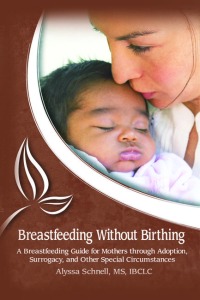
See part one in this mini series: Breastfeeding Without Birthing: Making Milk and part 3: Breastfeeding Without Birthing: Tips for Pumping Success
References
Amico, J. A., & Finley, B. E. (1986). Breast stimulation in cycling women, pregnant woman and a woman with induced lactation: Pattern of release of oxytocin, prolactin, and luteinizing hormone. Clinical Endocrinology, 25(2), 97–106.doi:10.1111/j.1365-2265.1986.tb01670.x
Auerbach, K. G. (1981). Induced Lactation. American Journal of Diseases of Children, 135(4), 340. doi:10.1001/archpedi.1981.02130280030011
Avery, J. L. (2012). Frequently asked questions about nursing adopted babies. Retrieved from: http://www.lact-aid.com/faq-about-nursing-adoptive-babies/

Cheales-Siebenaler, N. J. (1999). Induced lactation in an adoptive mother. Journal of Human Lactation, 15(1), 41–43. doi:10.1177/089033449901500111
FASEB. (2017). Origins and benefits of biologically active components in human milk. Lisbon, Portugal. Retrieved from http://www.faseb.org/src/micro/Site/HuMilk/home.aspx
Goldfarb, L. (2011). Induced lactation for adoption or surrogacy. (Davenport, D. interviewer) Retrieved from: https://creatingafamily.org/adoption-category/induced-lactation-adoption-surrogacy/
Hale, T. W. (2012). Medications and mothers’ milk, 15th edition. Amarillo, TX: Hale Publishing.
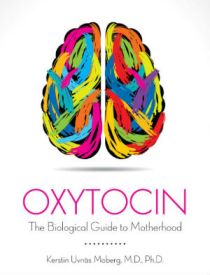
Hale, T. W. (2017) Medications and mothers’ milk, 17th edition. Amarillo, TX: Praeclarus Press.
Kulski, J. K., Hartmann, P. E., Saint, W. J., Giles, P. F., & Gutteridge, D. H. (1981). Changes in the milk composition of nonpuerperal women. American Journal of Obstetrics and Gynecology, 139(5), 597–604. doi:10.1016/0002-9378(81)90523-8
Mohrbacher, N. (2010). Breastfeeding answers made simple. Amarillo, TX: Hale Publishing.
Starr, D. (2008). Preparation for adoptive nursing. Retrieved from http://www.fourfriends.com/abrw/Darillyn%27s/preparation.htm
West, D., & Marasco, L. (2008). The breastfeeding mother’s guide to making more milk: Foreword by Martha Sears, RN (family & relationships). New York: McGraw Hill.


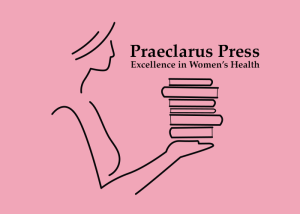




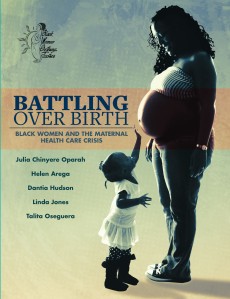





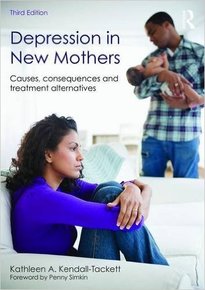









September 28, 2017 at 6:25 am
You recommend “Natural Family Planning” which is far from natural. By avoiding the best time to get pregnant when the ovum is fresh, one risks getting pregnant when the ovum is not fresh – a blighted ovum – with consequences. Either miscarriage or permanent damage to the individual. Studies have shown high rates of failure with this method, which are discounted by saying it was not used properly. The many women are still pregnant, and will suffer the consequences, including an unwanted child. Beware of “Natural Family Planning”!
LikeLike